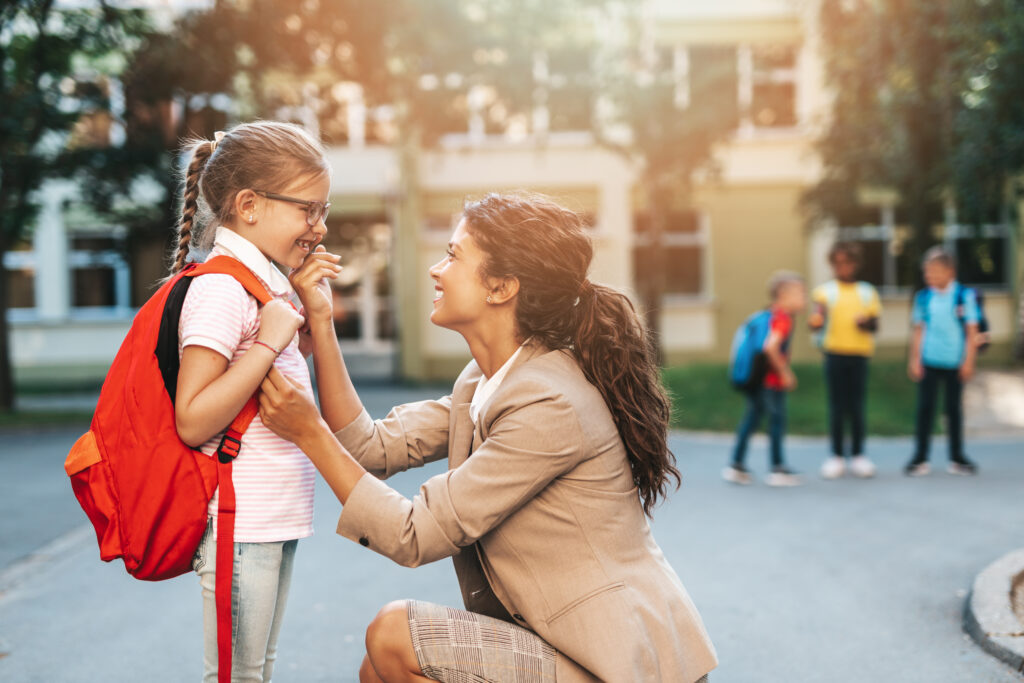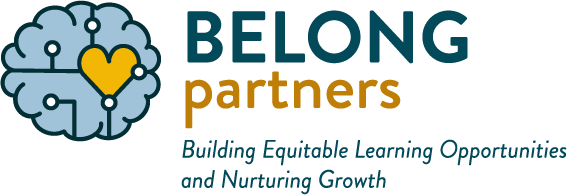Self-regulation is the ability to recognize, manage, and modulate one’s emotions, emotional reactions, and behaviors. Brain science has revealed that regulation skills are learned best through co-regulation with another person you trust. As parents, we are our children’s primary teachers and can model emotional regulation through practicing co-regulation with our children.

When parents maintain or regain our calm, we encourage our children to do the same. Here are ideas that will boost your child’s abilities to regulate:
Model naming your emotions. When reading books or watching shows together, engage in conversation that encourages your child to identify the characters’ emotions. As much as possible, model naming your own emotions, which helps you calm down while teaching your child the importance of naming their emotions. There are many good books that help children learn to name and manage emotions. Check out the curated list of books for teachers, parents, and children.
Put together a calming basket or space at home: When your child is calm, discuss flipping their lid. Ask what that feels like for them and share what it feels like for you. Have your child put items they feel will help them calm down in a special container or place. It may include a special blanket, favorite books, a stuffed animal, or a glitter ball. Some children need to “get out” their adrenaline and benefit from higher action options like a dyna-band or a wiggle cushion. You can find creative examples on our website. Once you set it up, encourage your child to use these things when they need to get calm.
Practice mindfulness and co-regulation with your child. Rainbow breathing, square breathing, and muscle squeezing are some effective mindfulness activities that calm the central nervous system. Practice together when your child is calm and when they are beginning to feel strong emotions. Model mindfulness activities when you start to feel strong emotions, too. Check out our self-regulation card pack for 60 quick activity ideas.
When a child flips their lid, let go of your agenda. No matter what you thought you would be doing next, when they have flipped, your child can’t access their thinking brain or make choices. Your child is doing the best they can in the moment. Recognizing that what you planned to get done with your child can’t happen until they are calm helps you to seize the moment to practice self-regulation strategies instead.
Bonus as they practice self-regulation, they will begin to manage strong feelings more effectively without losing control.
Notice, acknowledge, and get curious. After your child has a meltdown and manages to regulate, recognize their ability to get calm. You might say, “Wow. You were disappointed, and then you could soothe yourself until you were calm. What did you do that helped you that time?”
